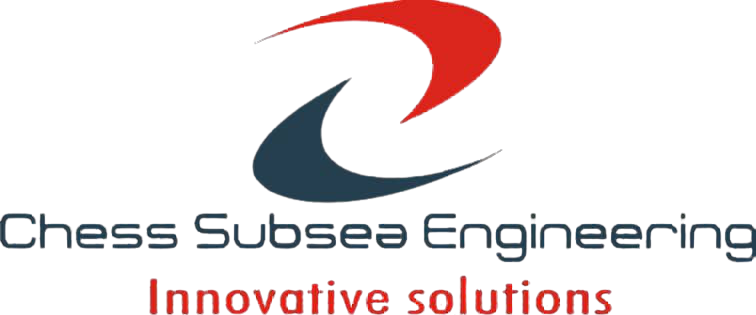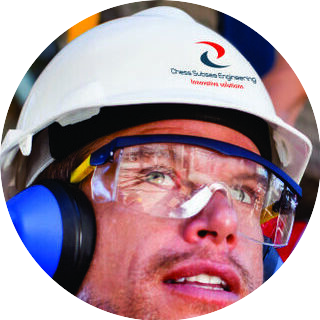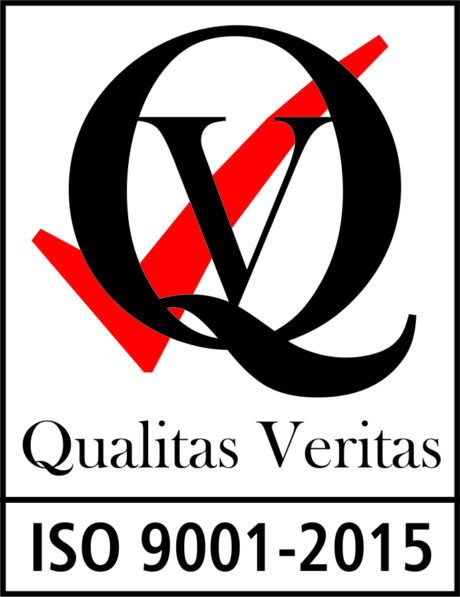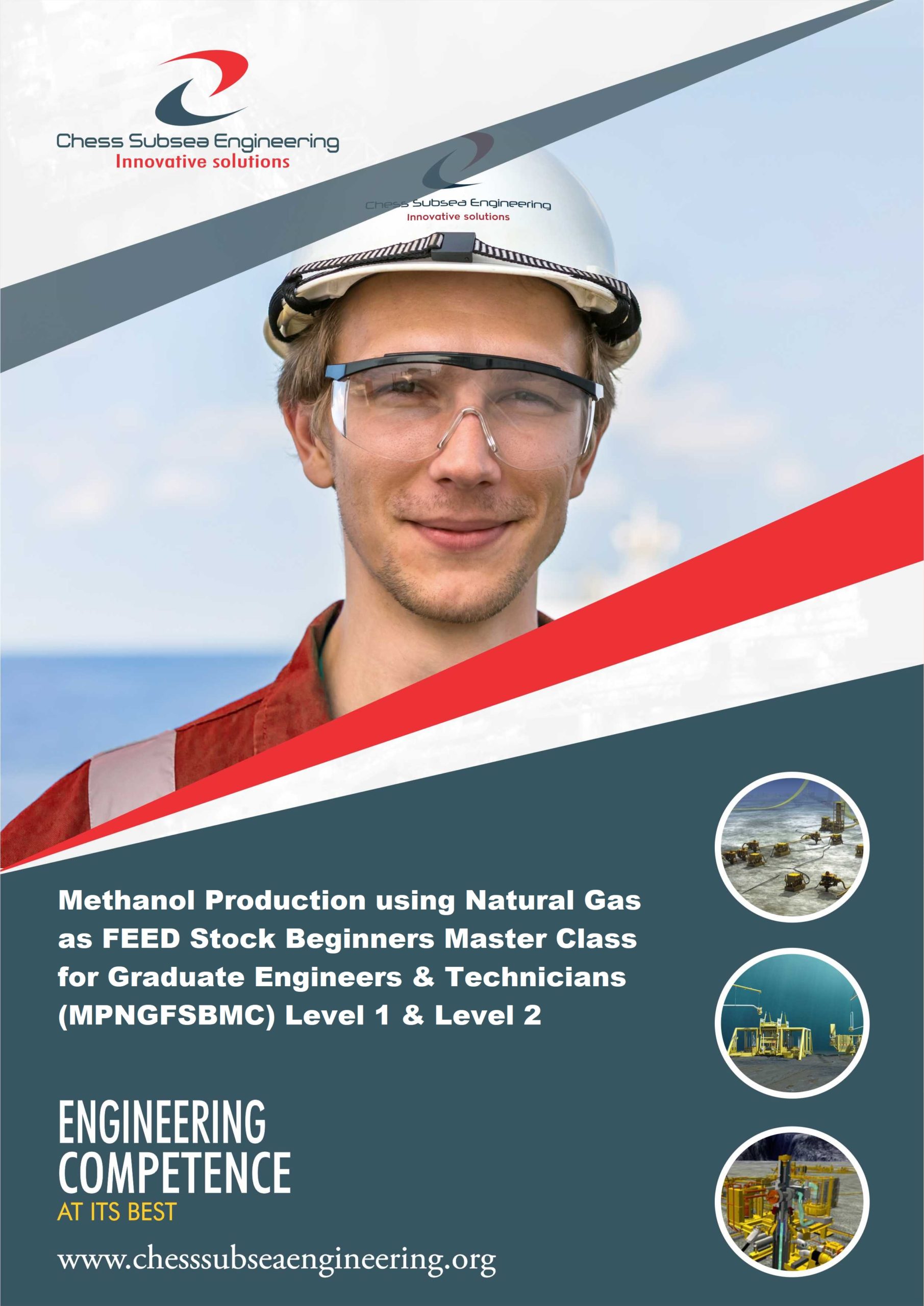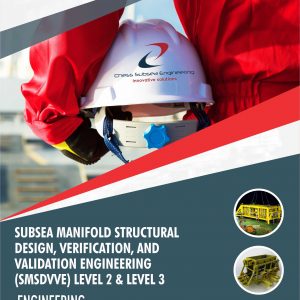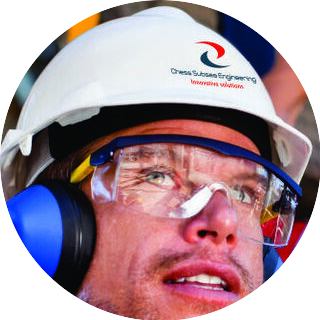Description
Methanol is a colorless, flammable, and volatile liquid that is used as a feedstock for the production of chemicals, formaldehyde, and as a fuel. It can be produced using natural gas as a feedstock in a process called methanol synthesis.
The production of methanol using natural gas involves several steps. The first step is the reforming of natural gas, which is typically done through steam methane reforming (SMR) or partial oxidation. This process converts natural gas into a mixture of hydrogen, carbon dioxide, and carbon monoxide known as synthesis gas or syngas.
The syngas is then cleaned to remove impurities such as sulfur and water, and fed into a methanol synthesis reactor. In the reactor, the syngas is converted into methanol through a chemical reaction known as the Fischer-Tropsch process.
The resulting methanol is then purified and distilled to remove any remaining impurities, such as water and higher boiling point hydrocarbons, to obtain pure methanol.
The production of methanol from natural gas has several advantages over traditional methanol production from coal or biomass. It is more cost-effective, produces fewer emissions, and has a higher yield. Additionally, natural gas is more readily available and easier to transport than coal or biomass, making it a more attractive feedstock for methanol production.
MPNGFSBMC Level 1 & Level 2 focuses on using natural gas as FEED stock and covers Major Methanol End-uses In Fuels Applications, Desulphurization Of Natural Gas, Synthesis Gas Generation, Synthesis Gas Compression, Methanol Synthesis, Methanol Distillation, Methanol Production Technologies i.e. Methanol production based on one step reforming , 2-2- Methanol production based on two step reforming , 2-3- Methanol Synthesis Loop, 2-4- Methanol Distillation and more
Course Outlines
Methanol Production Introduction
Major Methanol End-uses In Fuels Applications
Desulphurization Of Natural Gas
Synthesis Gas Generation
Synthesis Gas Compression
Methanol Synthesis
Methanol Distillation
Methanol production based on one step reforming
2-2- Methanol production based on two step reforming
2-3- Methanol Synthesis Loop
2-4- Methanol Distillation
Technical Support References
Ref 1: Methanol Production Introduction
Ref 2: Major Methanol End-uses In Fuels Applications
Ref 3: Desulphurization Of Natural Gas
Ref 4: Synthesis Gas Generation
Ref 5: Synthesis Gas Compression
Ref 6: Methanol Synthesis
Ref 7: Methanol Distillation
Ref 8: Methanol production based on one step reforming
Ref 9: 2-2- Methanol production based on two step reforming
Ref 10: 2-3- Methanol Synthesis Loop
Ref 11: 2-4- Methanol Distillation
Assessment
Participant underpinning knowledge of Methanol Production using Natural Gas as FEED Stock will be accessed with short answer multiple-choice questionnaire at the conclusion of the course.
Outcome
Participants will gain an in debt understanding of Methanol Production using Natural Gas as FEED Stock.They will also be able to function with minimum supervision as Process Engineer, Production Engineer or Technician for IOC or indigenous methanol production company.
Professional Certificate
Issued directly by Chess Subsea Engineering Europe.
Participant may be presented for Offshore Petroleum Training Organization (OPITO) Certification.
How to Register
Click here to download registeration booklet on msword and email completed booklet to info@chesssubseaengineering.org directly.
